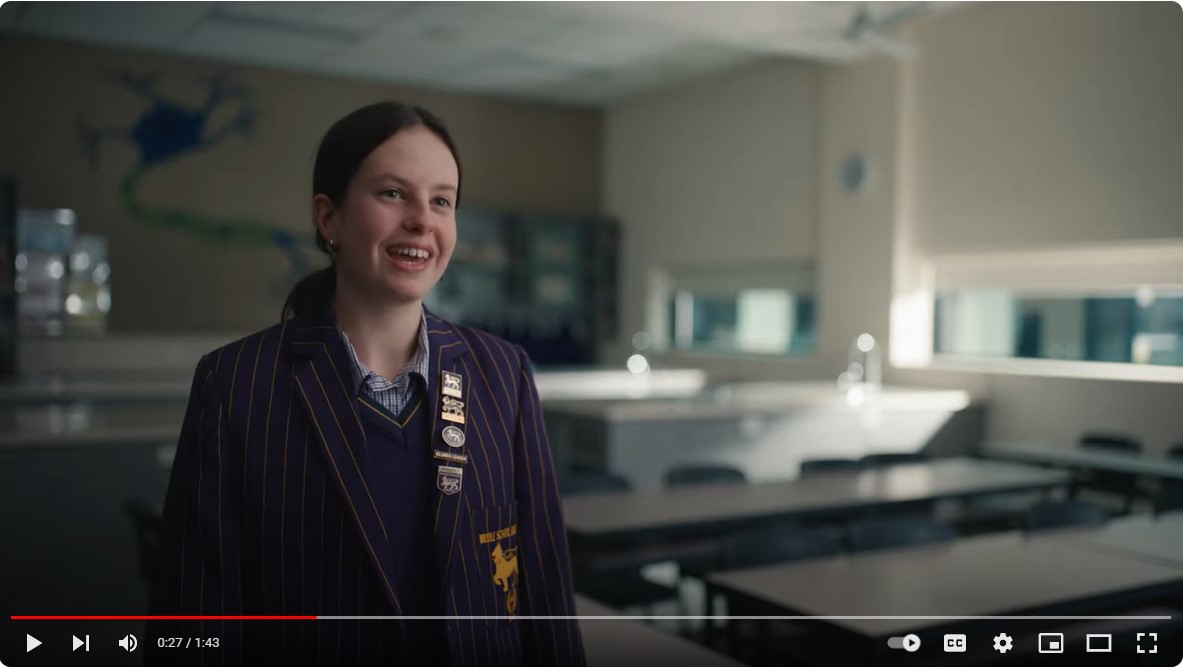Research confirms anecdotal evidence that women are under-represented in the STEM fields – science, technology, engineering and mathematics. Wesley teachers Dr Anita Gamvrellis and Gayathri Wijesekera investigated girls’ participation and engagement in the STEM fields as well as the arts – also known as STEAM.
The Wesley research sought to:
- compare the engagement of Wesley girls with engagement levels more broadly
- understand girls’ subject selection, and
- in alignment with Wesley’s strategic plan, identify strategies to enhance learning experiences for girls in STEAM-related disciplines.
According to the research, Wesley Year 12 girls are more likely to select Psychology and Biology, followed by Chemistry and Physics, and least likely to select Environmental Science. This mirrors girls’ selection preferences in Victoria as a whole.
About one-third of Year 12 girls at Wesley select an IB DP or VCE maths subject, compared to two-thirds of boys. In VCE maths, girls are more likely to select Further Mathematics than Mathematical Methods, while roughly equal numbers of boys select Further Mathematics or Mathematical Methods, again similar to Victoria as a whole. While fewer students select Specialist Mathematics overall, Wesley girls and boys do so in roughly equal numbers, unlike Victoria as a whole, where more boys than girls select this subject.
Since the focus of STEAM is on the interconnections between and applications of science, technology, engineering, the arts and maths, the research also investigated how interdisciplinary and problem-based approaches can support girls’ learning.
Gamvrellis and Wijesekera conclude that girls are typically engaged in subjects where collaborative, hands-on learning strategies are employed, noting however that the long-term impact of such learning on their future career goals does not always ensue from this engagement.
The research also suggests that Wesley develop professional relationships with industry and tertiary institutions to enable real-world learning.
Hear how Wesley is inspiring girls in STEM

